Amazing tourist attractions we've lost forever
Gone but not forgotten
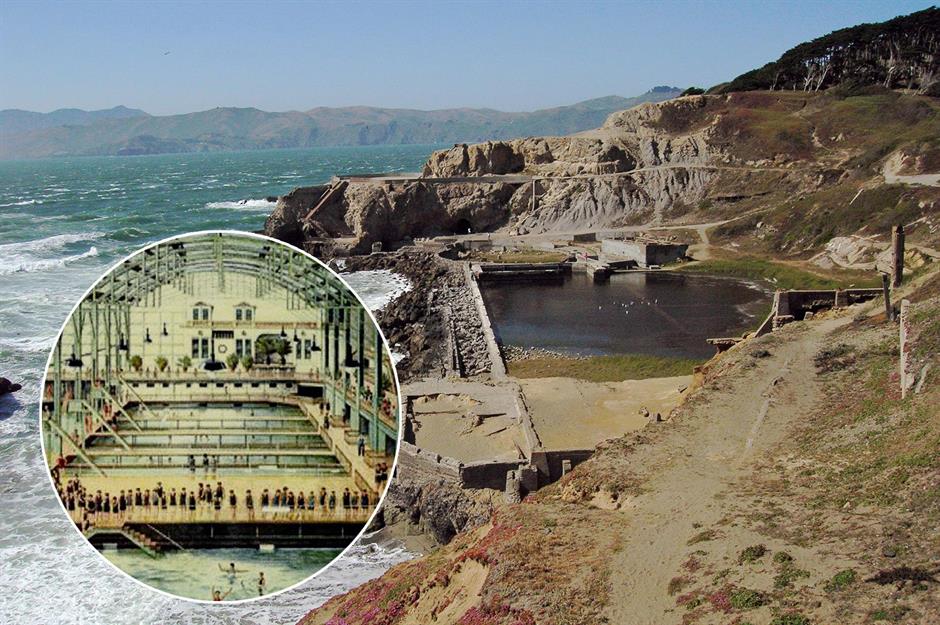
Once must-see destinations for curious travellers, these famous attractions have vanished from the tourist trail. Some were demolished, others left to crumble and a few were claimed by the forces of nature – but all remain etched in memory. So, what happened to them?
Read on to see incredible then-and-now shots of tourist attractions lost forever...
Wawoma Tree, Yosemite National Park, California, USA
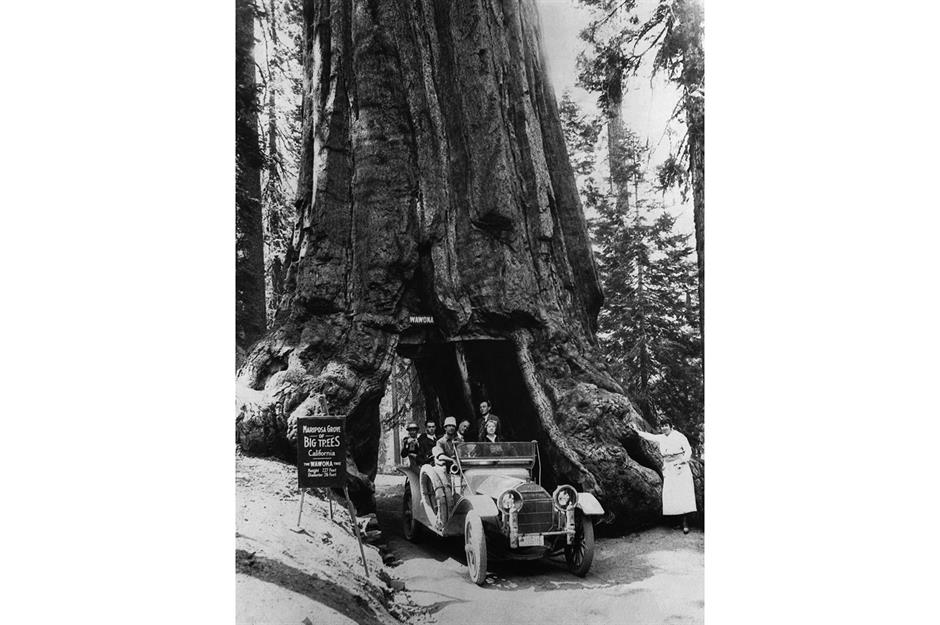
Back in 1881 a tunnel was carved through this 2,100-year-old sequoia tree in Mariposa Grove, Yosemite National Park. By the late 1910s (when it’s likely this photograph was taken) the tree was popular with tourists, keen to be pictured driving right through the 234-foot (71.3m) tall beauty. Even President Theodore Roosevelt visited in 1903.
Wawoma Tree, Yosemite National Park, California, USA
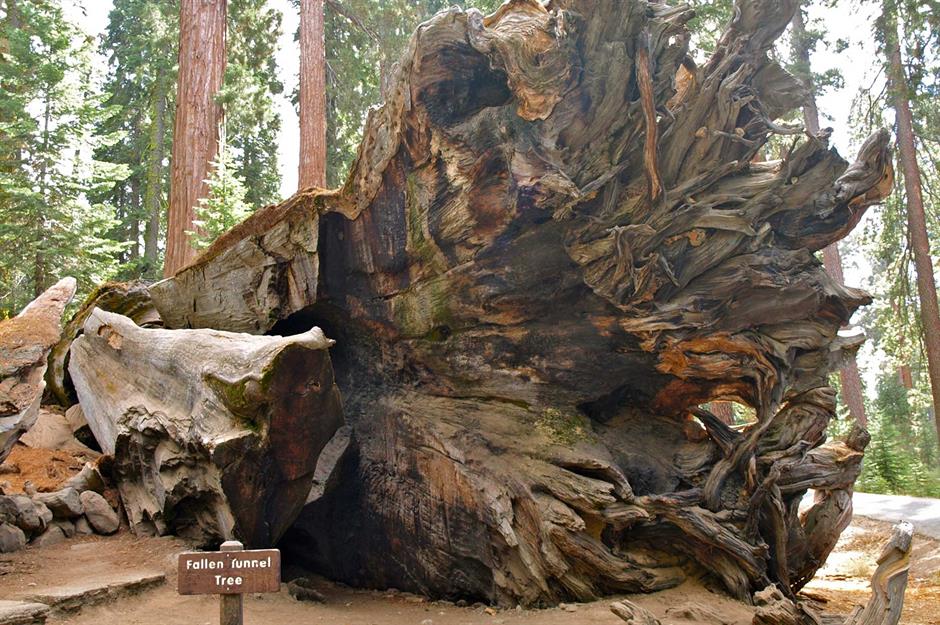
But during the harsh winter of 1969, the tree toppled to the ground. The weather that year brought heavy snow, which weighed down the tree and dampened the soil.
It’s also likely that the tunnel itself was a factor in the weakening of the tree. While a remaining carved tree in Tuolumne County, California, still exists, no new tree tunnels have been cut in recent times to preserve these wonders of Mother Nature.
The Azure Window, Gozo, Malta
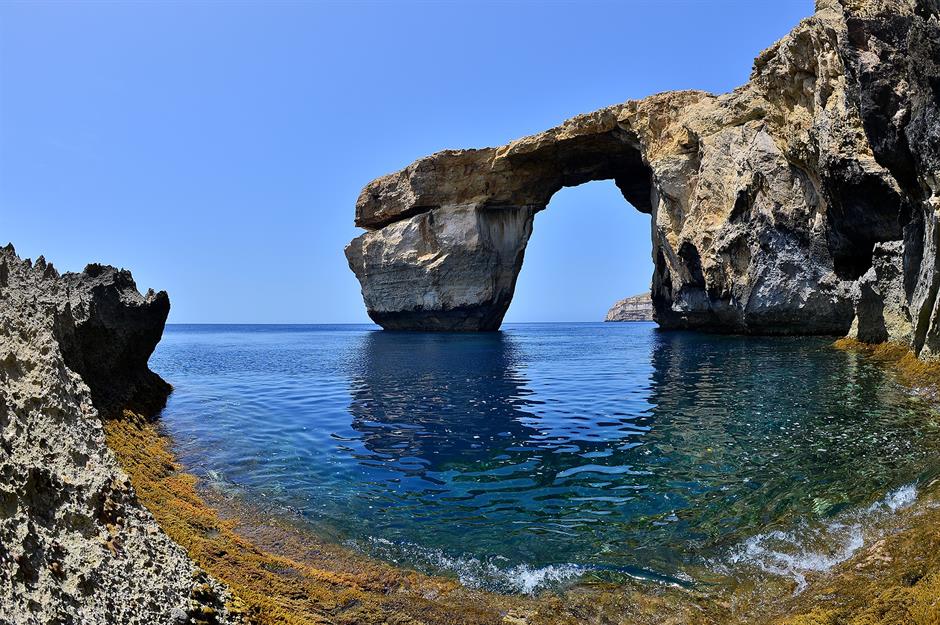
You might recognise this stunning natural formation – it’s been featured in Game of Thrones, The Count of Monte Cristo and Clash of the Titans, as well as on many an Instagram feed. The arch was formed by the collapse of a coastal cave, probably in the 19th century, and was a popular spot for photographs.
The Azure Window, Gozo, Malta

When heavy storms hit the Maltese archipelago in March 2017, the world was devastated by the announcement that the arch had collapsed. However, it wasn’t all bad news, as the fallen rock formation has now added to the intrigue underwater, attracting scuba-diving enthusiasts to the area.
Buddhas of Bamiyan, Bamiyan, Afghanistan
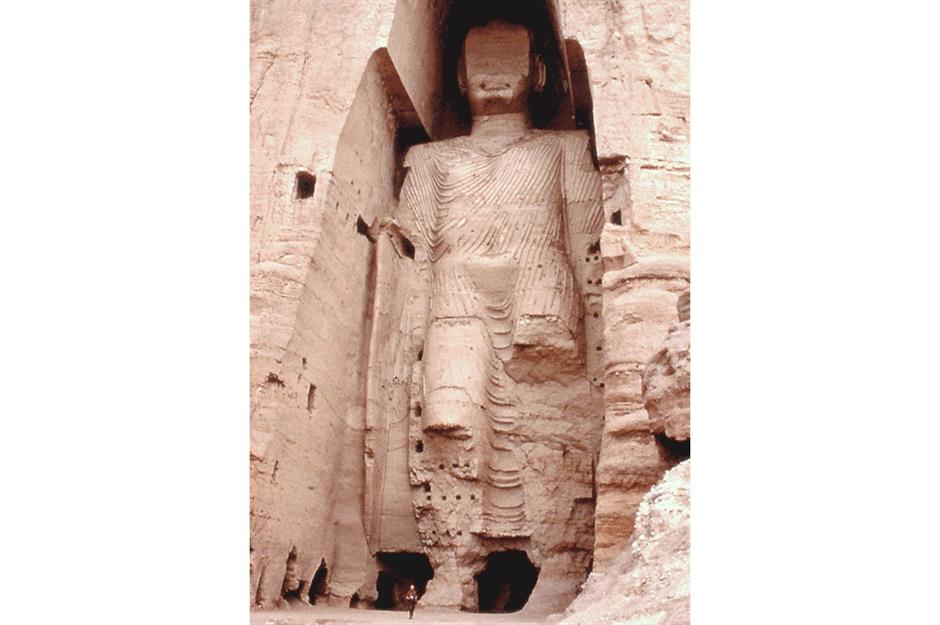
Two mammoth Buddha statues – the tallest in the world, in fact – once looked out from a sandstone cliffside in Afghanistan’s Bamiyan Valley. They were carved in the 6th century, with the tallest topping out at 180 feet (55m). But in 2001, these Buddhist effigies were destroyed by the Taliban.
Buddhas of Bamiyan, Bamiyan, Afghanistan
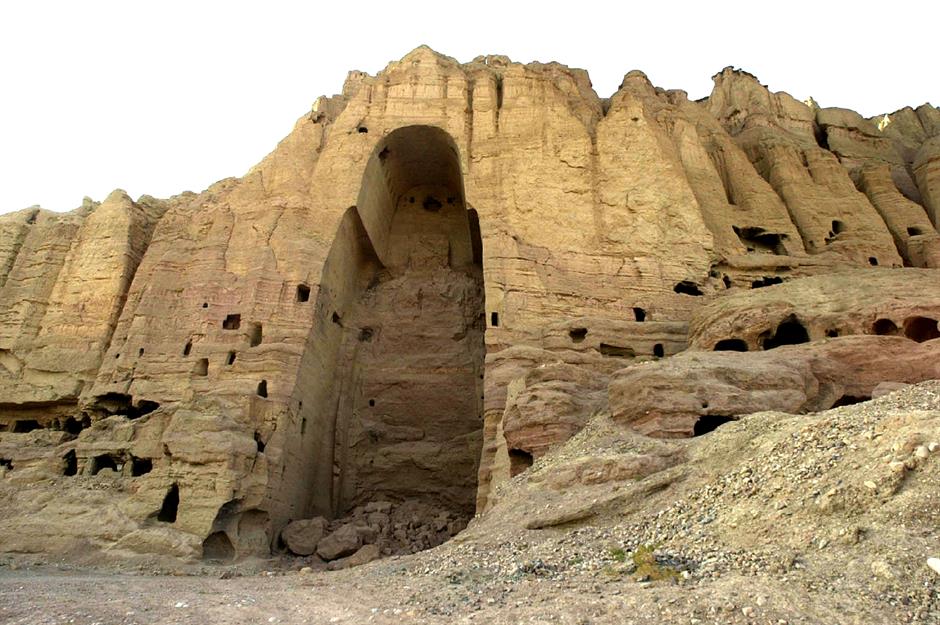
Today, all that remains of the statues are two empty alcoves, serving as a haunting reminder of what they once contained. The valley was designated a UNESCO World Heritage Site in 2003, and in the years since the buddhas’ destruction, there has been much debate about whether or not to rebuild them.
So far, the closest the monuments have come to being resurrected is a hologram projected in the spaces they once stood.
Duckbill Rock Formation, Oregon, USA
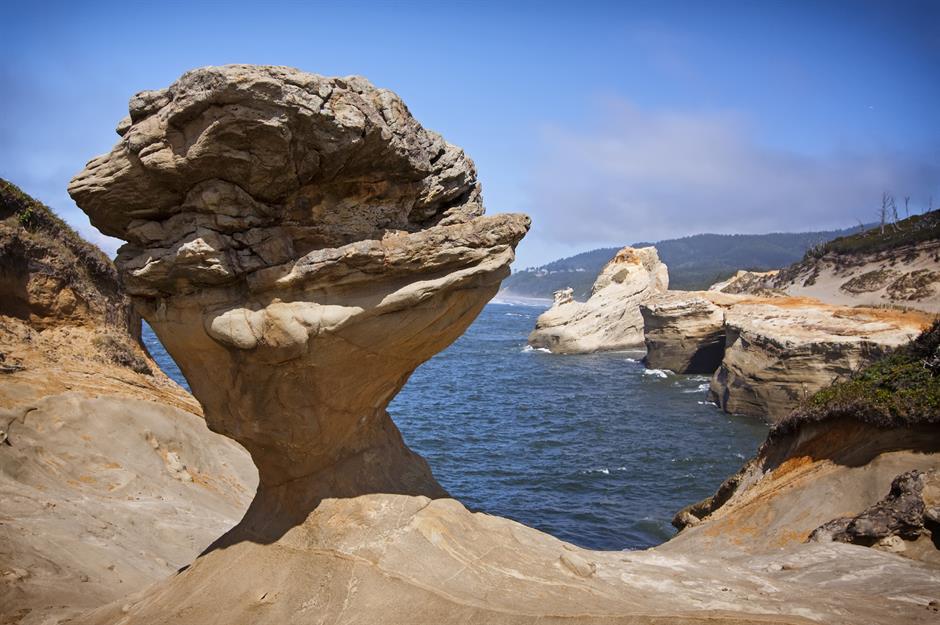
Named (you guessed it) for its likeness to a duck’s bill, this rock formation once drew camera-wielding tourists to Oregon’s Cape Kiwanda State Natural Area. The sandstone hoodoo stood around seven-foot (2m) tall and, carved out over millennia, had most likely occupied its coastal spot for millions of years.
Duckbill Rock Formation, Oregon, USA
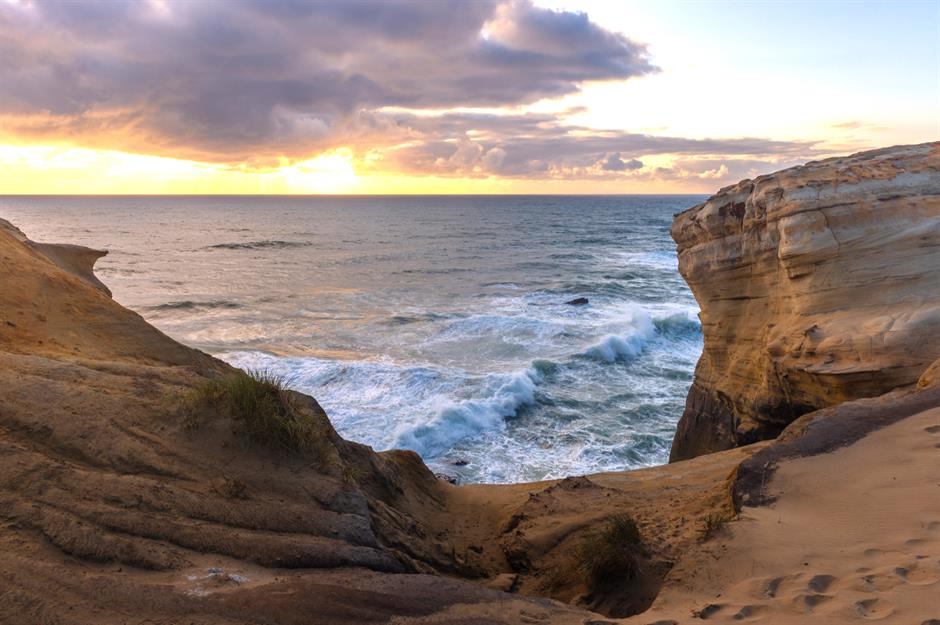
Yet in August 2016 the monument suddenly disappeared. Then a shocking video emerged, showing vandals pushing it until it crumbled and collapsed.
Now, although the famous formation is gone, Cape Kiwanda still pulls in visitors with its sweeping views of the Pacific, and its opportunities for hiking and hang gliding.
Sutro Baths, San Francisco, USA
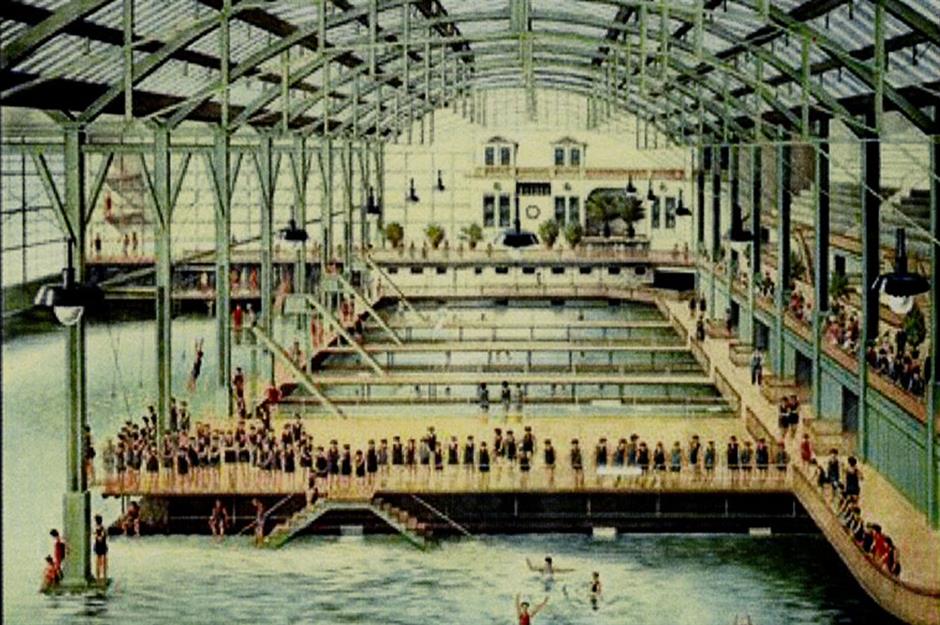
If you picture San Francisco, attractions such as the Golden Gate Bridge, Alcatraz Island or Lombard Street might spring to mind. But did you know that the city was once home to the world’s largest indoor swimming pool establishment?
The impressive complex included six saltwater pools and one freshwater pool, with capacity for 10,000 people.
Sutro Baths, San Francisco, USA
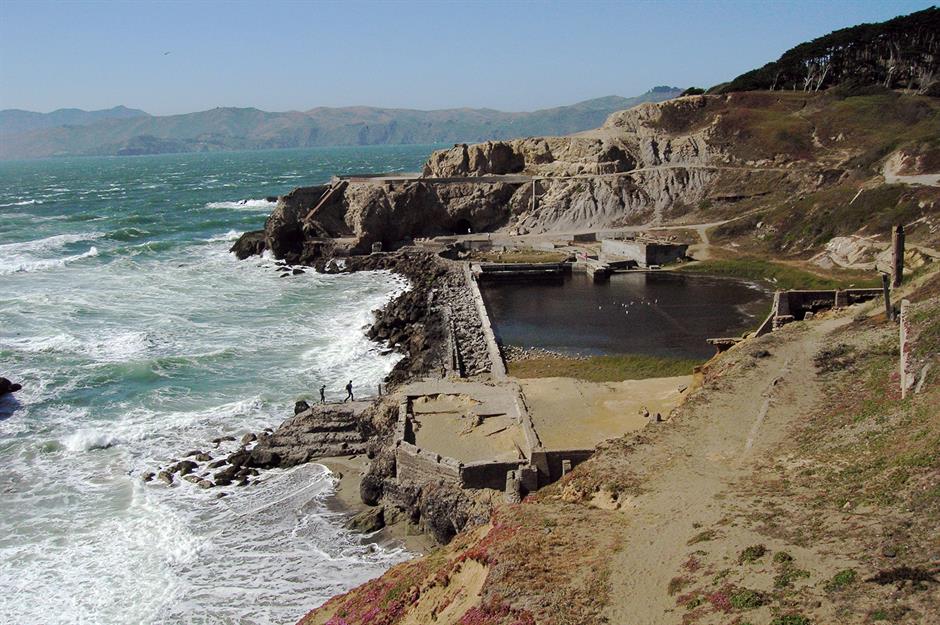
After struggling financially for many years, in 1964 the site was bought by developers who began to demolish it, then the remainder of the building was destroyed by a fire in 1966.
Now, just the foundations remain as a reminder of the Victorian attraction, with the cliffside setting making the site a popular spot for walkers.
Crystal Palace, London, UK
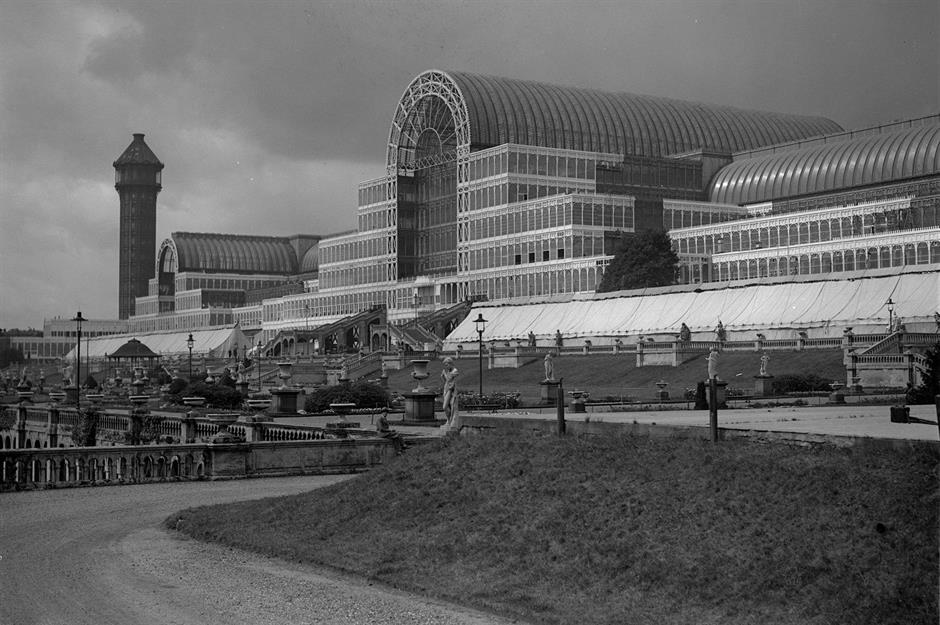
Once a Victorian masterpiece, this impressive glass and steel structure was built in 1851 in London’s Hyde Park. It was later moved to Penge Place, in the south of the capital, where it remained for 82 years.
In the palace's heyday, its grounds were home to a mind-boggling array of delights: a roller coaster, festivals, cricket matches and even a garden complete with model dinosaurs.
Crystal Palace, London, UK
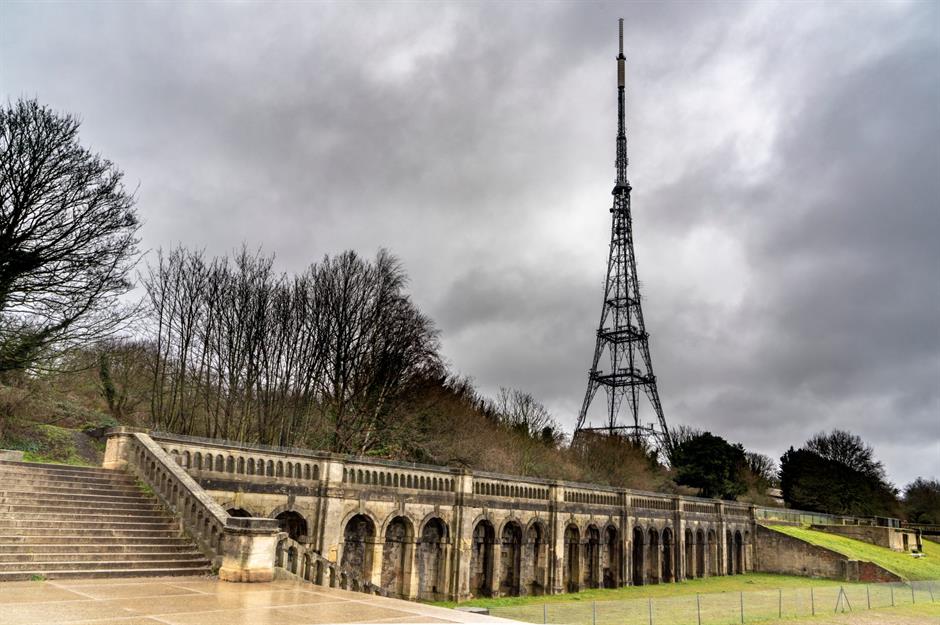
Tragically, the building was destroyed by a fire in 1936. Today, remnants of the palace, including terraces, sphinxes and a huge bust of its designer, Sir Joseph Paxton, can still be seen at the site, which lies within Crystal Palace Park in south London.
In recent years, the park has undergone extensive regeneration, including the restoration of the Italian Terraces, conservation of the Grade I-listed dinosaur sculptures and the reopening of the Victorian subway. Plans are also in place for a new visitor centre and dinosaur-themed playground.
Pink and White Terraces, Lake Rotomahana, New Zealand
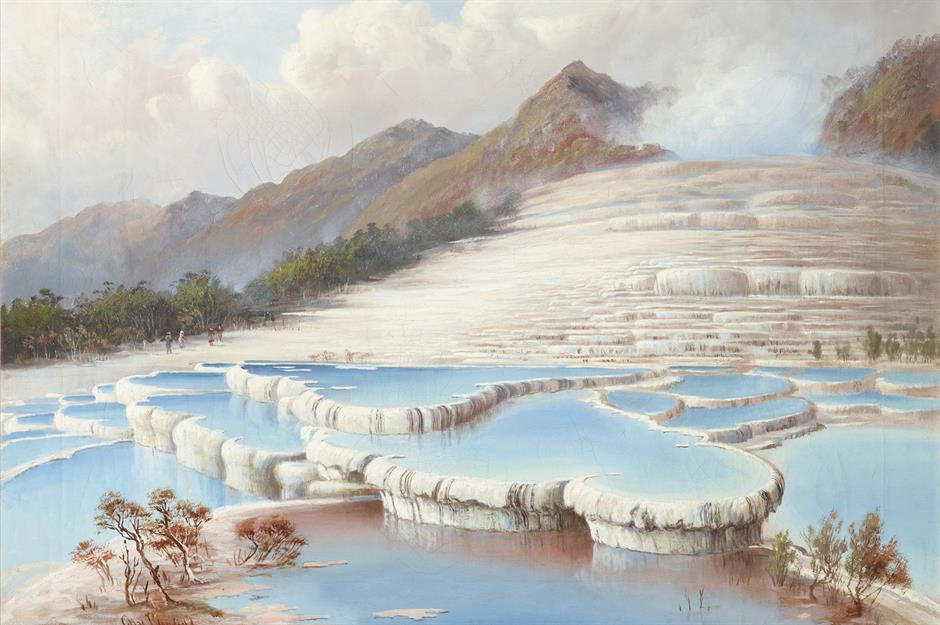
In the mid-19th century, these gorgeous cascading pools attracted tourists from across the globe. Often dubbed 'the eighth wonder of the world', they were destroyed by the eruption of Mount Tarawera back in 1886.
Now their glory is captured by only a handful of paintings, like this one by English artist Charles Blomfield.
Pink and White Terraces, Lake Rotomahana, New Zealand
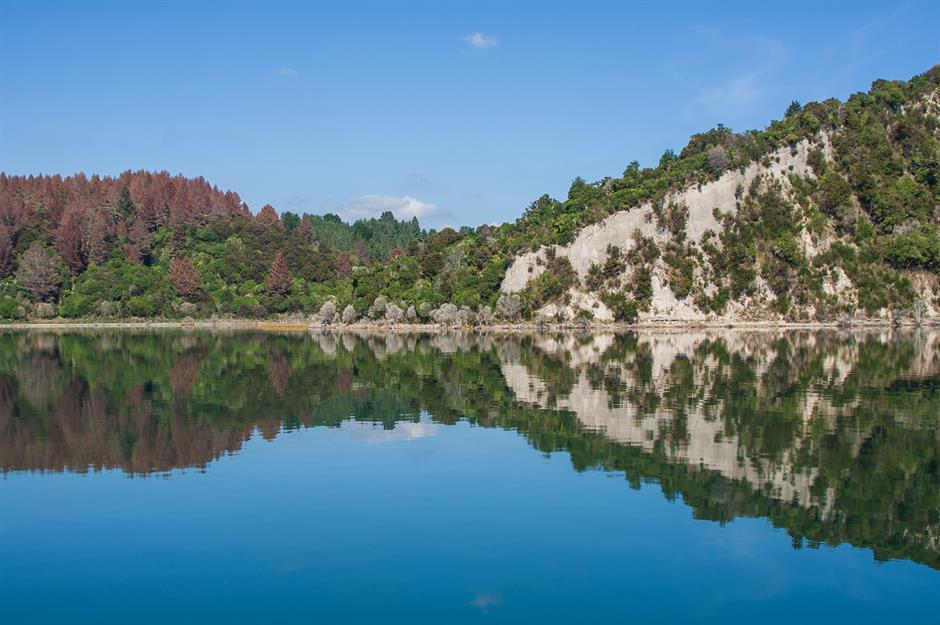
Nowadays, Lake Rotomahana remains a beautiful sight, although scientists have disputed the former location of the Pink and White Terraces. Independent researchers Rex Bunn and Dr Sascha Nolden claimed in 2017 that they were actually buried on land, based on an archaeological study.
But New Zealand’s scientific research unit GNS Science disputed the claim and in March 2021 produced a new map of the lake, highlighting the terraces’ likely location.
Chacaltaya glacier, Bolivia
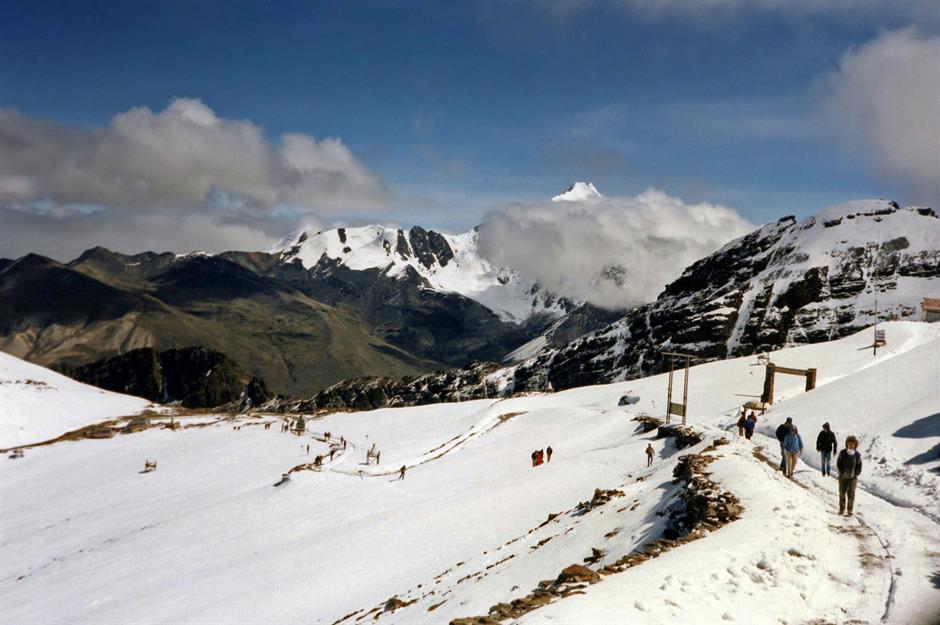
Daring skiers once dreamed of trying their luck on the notoriously tough Chacaltaya mountain, the highest ski resort in the world.
The ancient glacier that sits within it spanned 0.085 square miles (0.22sq km) back in 1940, but rapidly decreased in size over the years until 2009, when it completely melted away.
Chacaltaya glacier, Bolivia
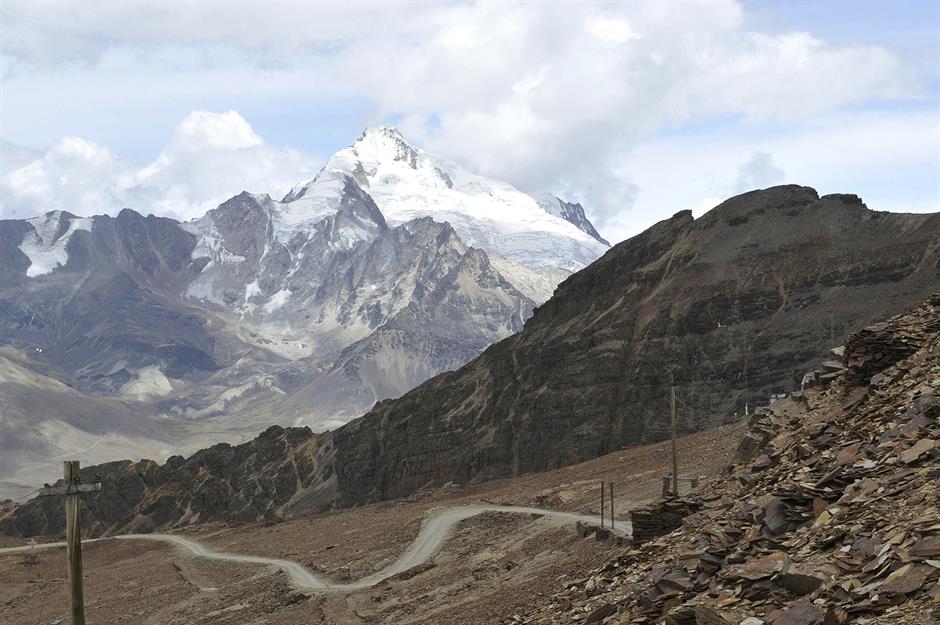
In 1998 experts predicted the glacier would survive until 2015 but, due to climate change, it melted six years earlier than estimated. Today, Chacaltaya is pretty barren – yet despite the lack of skiing, it remains a popular spot with mountaineers who take on the challenging hike to its summit.
Vidámpark, Budapest, Hungary
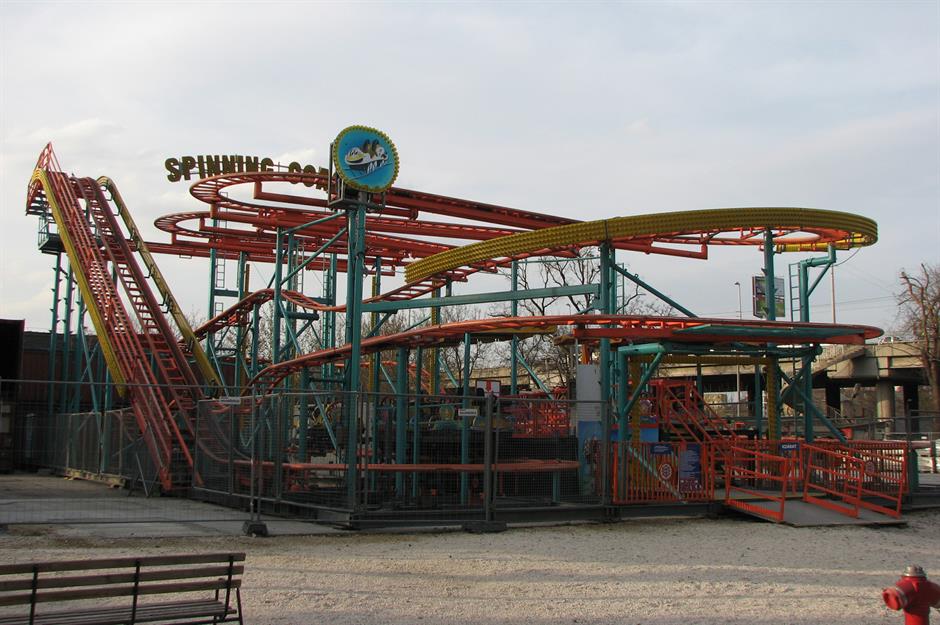
While it may not possess stunning architecture or natural beauty, Budapest’s Vidámpark was an institution for thrill-seekers. At its peak in the mid-1970s, the stalwart amusement park would typically attract around 2.7 million people during a six-month open season.
It offered several historic rides, including the City Wave Roller, a wooden roller coaster built in 1922, and a carousel built in 1906.
Vidámpark, Budapest, Hungary
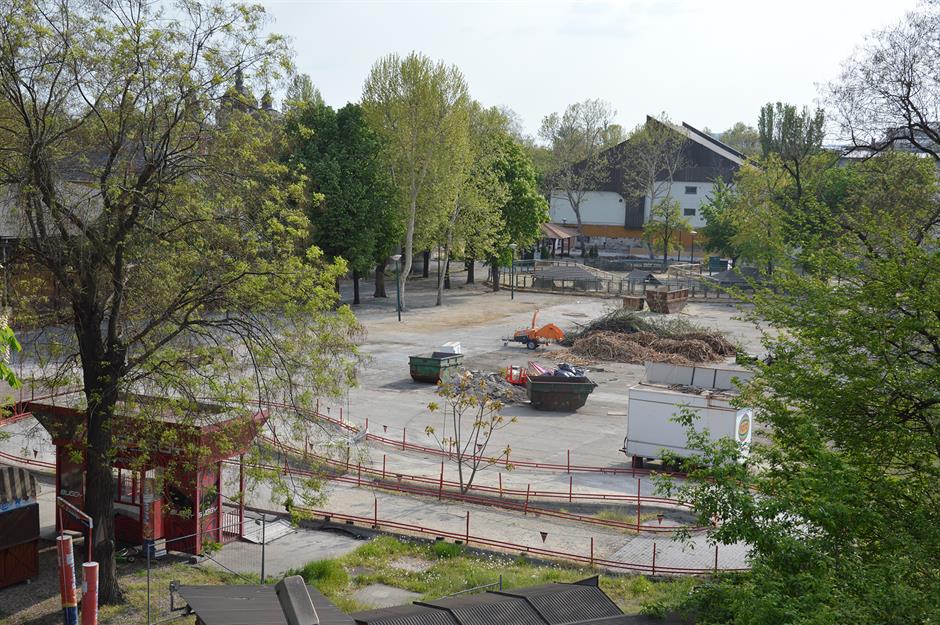
Sadly, the theme park was forced to close in 2013. Visitor numbers plunged to less than 300,000 in 2012 and it was running into debt, propped up by municipal credit.
The site was swallowed up as part of an expansion of the neighbouring city zoo, though a few rides, including the century-old carousel, were maintained.
Guaíra Falls, Paraguay/Brazil
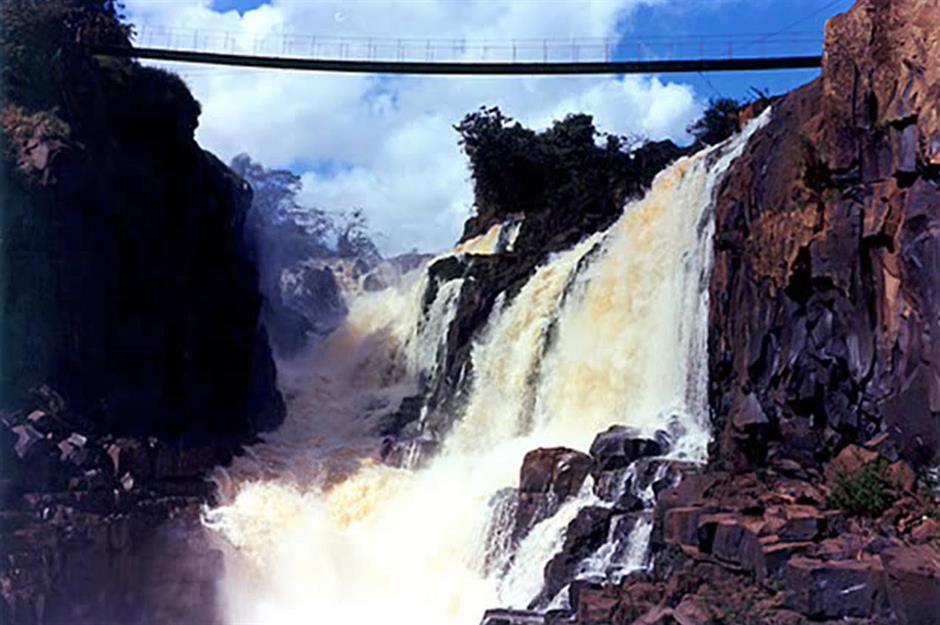
Less than four decades ago, on the border between Paraguay and Brazil, lay some of the most powerful waterfalls in the world. Comprising 18 falls, with a total drop of 375 feet (114m), Guaíra Falls attracted tourists from across the globe, who were captivated by their immense power and beauty.
Guaíra Falls, Paraguay/Brazil
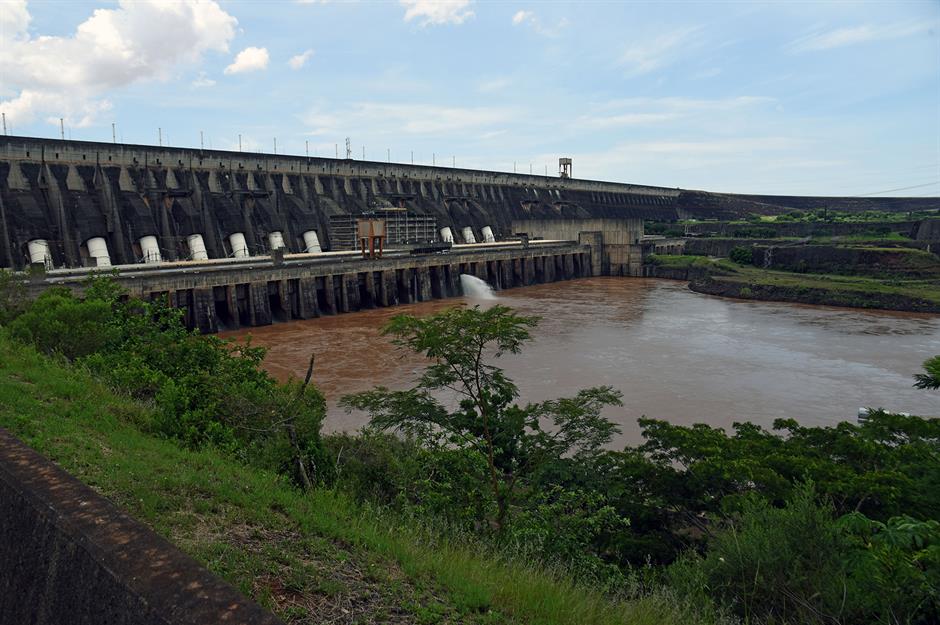
In 1982, the falls fell victim to a giant engineering project. They were closed and demolished to create the Itaipu Dam, which provides 88.5% of the electricity used by Paraguay and 10.8% of the electricity in Brazil.
This makes it one of the world’s largest and most powerful hydroelectric plants. Whether it’s worth the price of such a wondrous natural spectacle is another question altogether.
West Pier, Brighton, UK

Today, Brighton’s larger and better-known Palace Pier is a beloved attraction, but just along the coastline you’ll find the skeletal remains of an older pier.
Opened in 1866, during the Victorian boom for seaside holidays, the West Pier featured a concert hall, funfair and tearoom. It was extremely popular in the late-19th and early-20th centuries.
West Pier, Brighton, UK
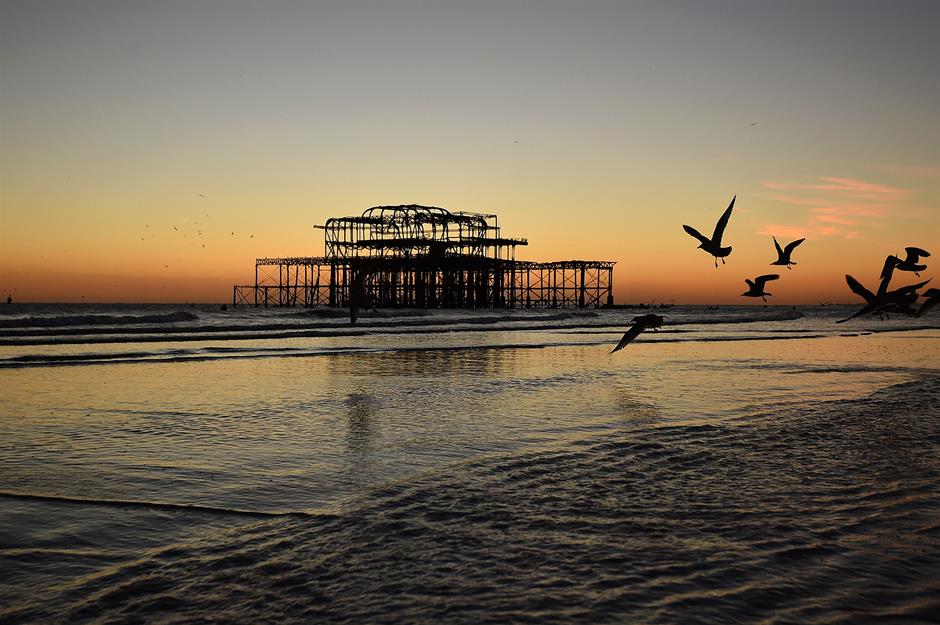
The West Pier went into financial decline in the 1960s, before closing in 1975 and falling into disrepair. Since then, it partly collapsed due to a storm in early 2003 and caught fire in March of the same year, in a suspected act of arson.
Despite being mostly destroyed, the hollowed-out structure makes for a spooky yet beautiful silhouette for photographers.
Porcelain Tower, Nanjing, China
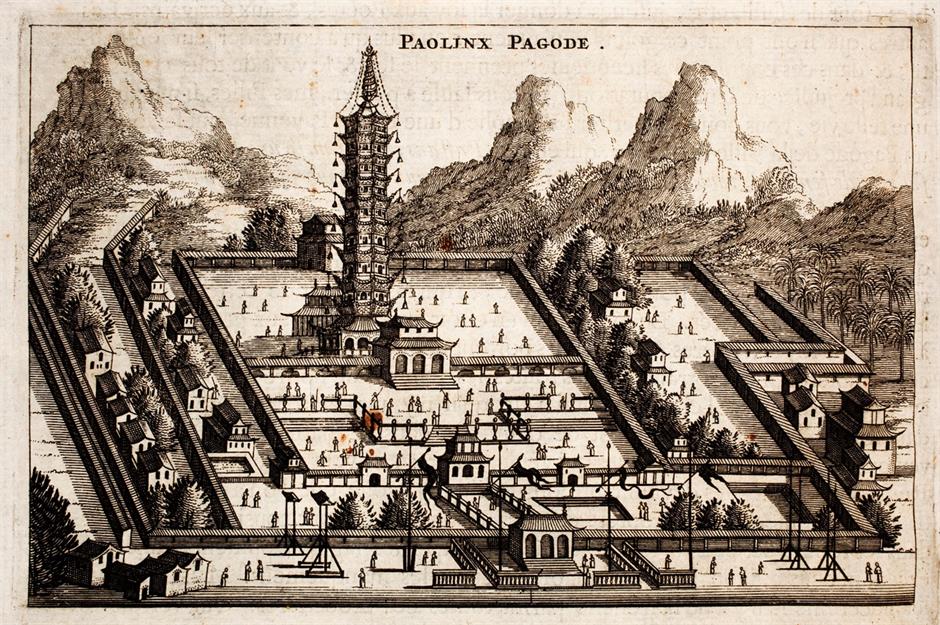
If you’ve ever smashed a piece of porcelain crockery, you might think that a 256-foot (78m) tower made from the stuff is not the smartest idea.
Yet, surprisingly, this architectural gem lasted for around 400 years, from the 14th to 19th centuries, before being destroyed by rebels during the Taiping Rebellion. In its day, it showcased a traditional pagoda style, adorned with colourful Buddhist imagery and lit up by lanterns at night.
Porcelain Tower, Nanjing, China
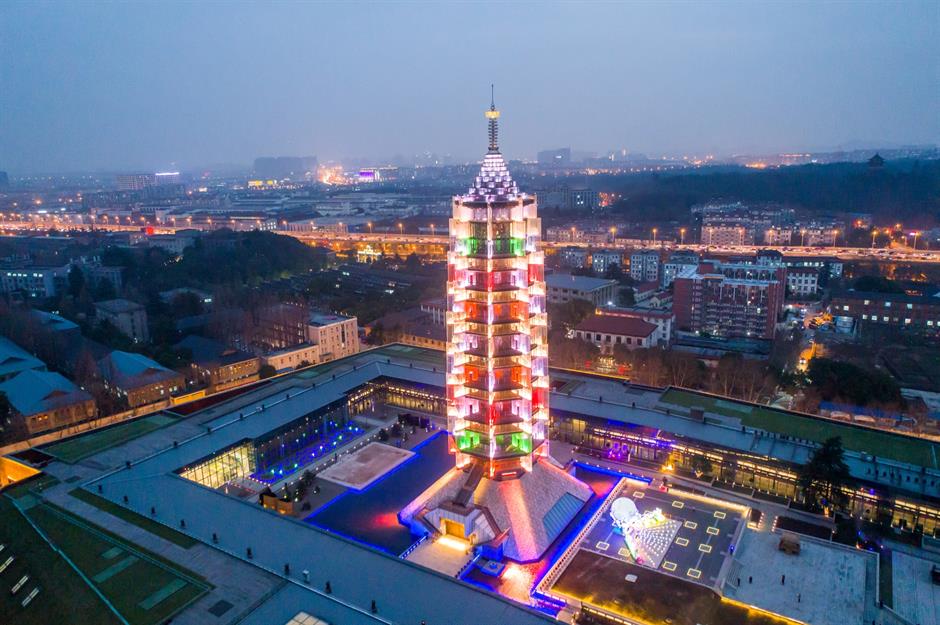
In 2015, the Porcelain Tower was reborn as a modern, steel-and-glass pagoda gracing the same spot in Nanjing. Property developer Wang Jianlin, one of China’s richest people, reportedly donated one billion yuan (£111m/$155m) towards its construction.
Complete with multiple viewing platforms and surrounded by a futuristic Buddhist-themed museum, it certainly provides a new take on the historical site.
The Hippodrome Theatre, New York City, USA
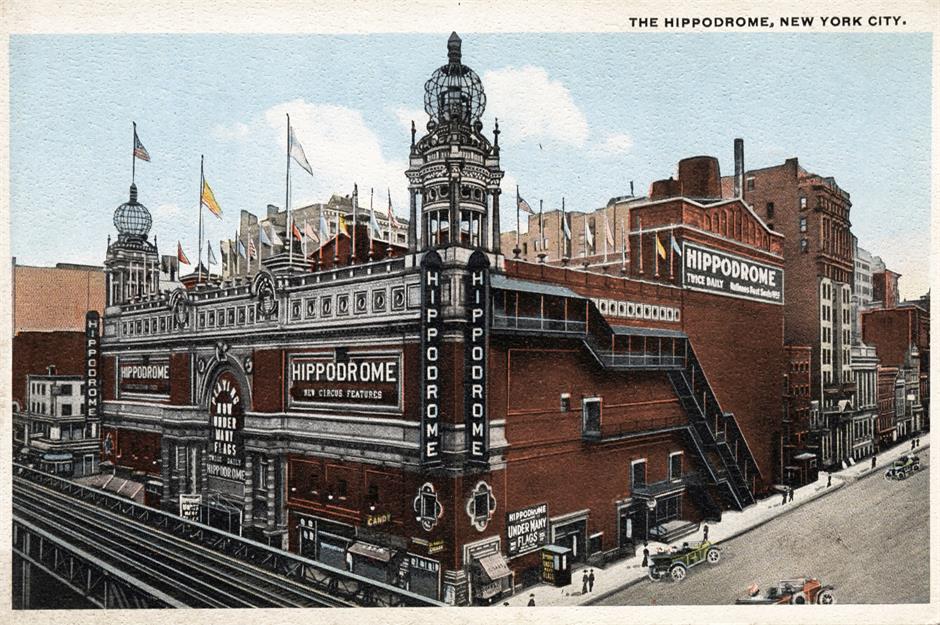
If you had walked down to 1120 6th Avenue in New York 100 years ago, you’d have been greeted by the sight of this spectacular theatre.
The giant 5,200-seat Hippodrome was created by entrepreneurs Frederick Thompson and Elmer Scipio Dundy, who enticed new middle-class customers with lower ticket prices.
The Hippodrome Theatre, New York City, USA
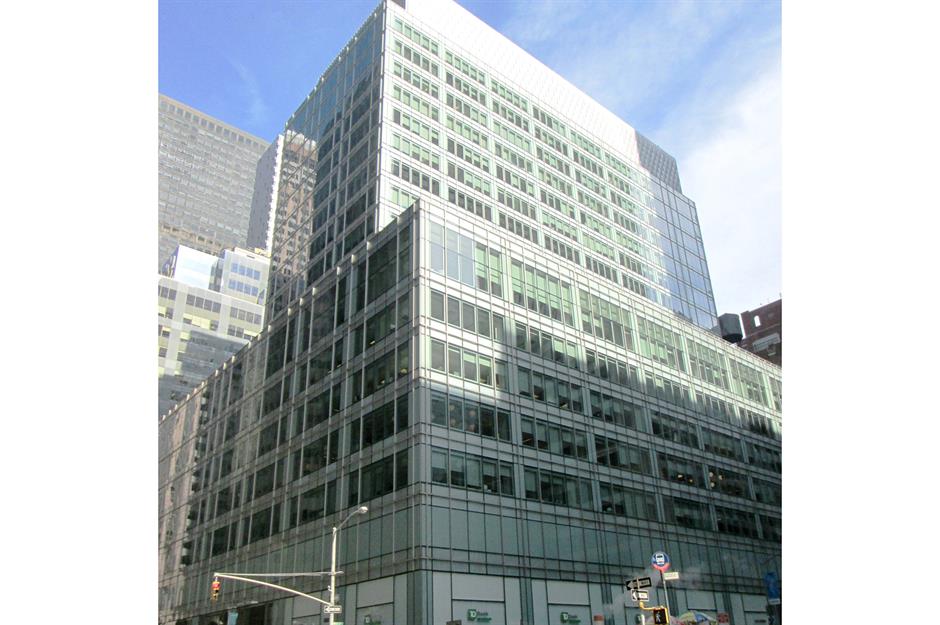
As was the case for other grand turn-of-the-century buildings, the Hippodrome fell into the trap of high maintenance costs. Despite passing through the hands of numerous owners, it finally had to close in August 1939, and was demolished later that year.
In the 1960s it was replaced by a car park and an office building, which has remained ever since.
Jeffrey Pine, Yosemite, California, USA
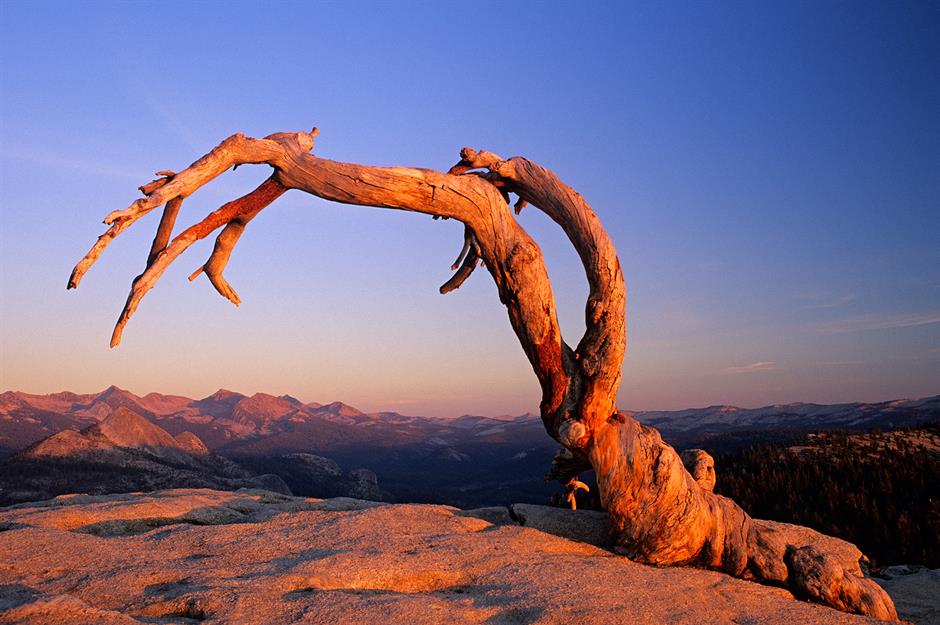
Yes, it’s just a tree – but it’s possibly one of the most photographed trees ever, after landscape photographer Ansel Adams catapulted it to fame when he shot it in 1940.
With its dramatic, keeled-over shape, the tree became a popular photo stop for visitors to Yosemite National Park, showing the effects of more than 400 years of windy weather.
Jeffrey Pine, Yosemite, California, USA
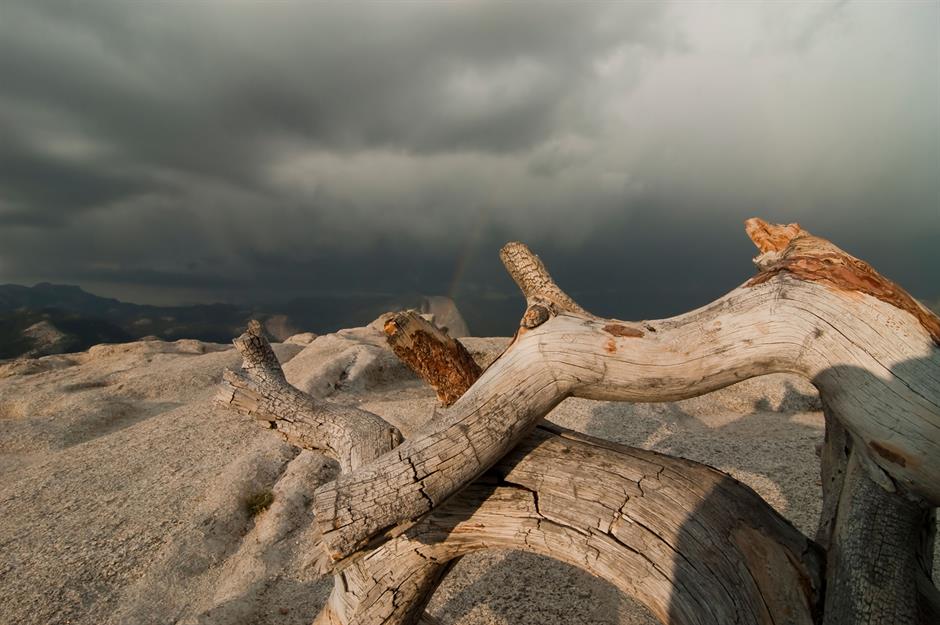
Sadly, nature took its course and, in 1977, the tree finally died. However, it remained upright for some time, looking even more striking for its bleached wood, until 2003 when it toppled to the ground after a storm.
Jeffrey Pine remains in its former spot and still fascinates hikers and photographers, despite no longer standing tall.
Love Locks Bridge, Paris, France

This quirky tradition saw couples flocking to the City of Love to express their amour by signing their names on padlocks, before attaching them to the Pont des Arts over the River Seine.
The practice became so popular that at one point the bridge contained one million padlocks – the locks alone weighed around 45 tonnes.
Love Locks Bridge, Paris, France

Part of the fence broke in 2014, crippled by the weight of these symbols of 'everlasting' love. The following year, city officials began to remove padlocks and swap the bridge’s metal grilles for plastic panels, now replaced by glass panels.
Determined to keep the tradition going, some have begun to attach padlocks to lampposts along the bridge instead.
The Old Man of the Mountain, New Hampshire, USA
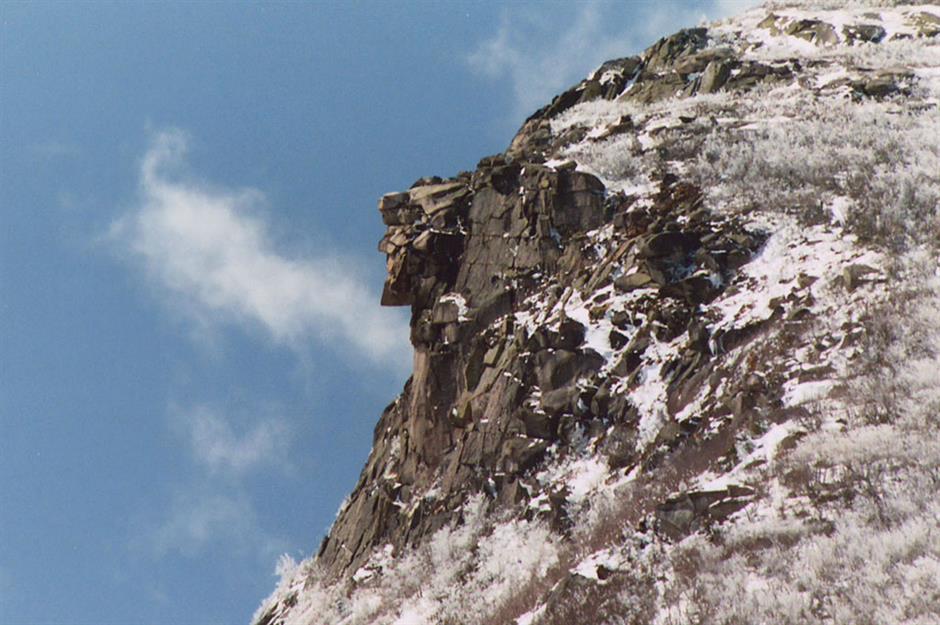
Seen from a distance, this piece of rock jutting out from Franconia Notch might not have looked like much. But when viewed from the north side, the rock once resembled the profile of an old man, with a clearly defined forehead, nose, lips and chin.
It became known as the 'Old Man of the Mountain', a much-loved New Hampshire landmark.
The Old Man of the Mountain, New Hampshire, USA
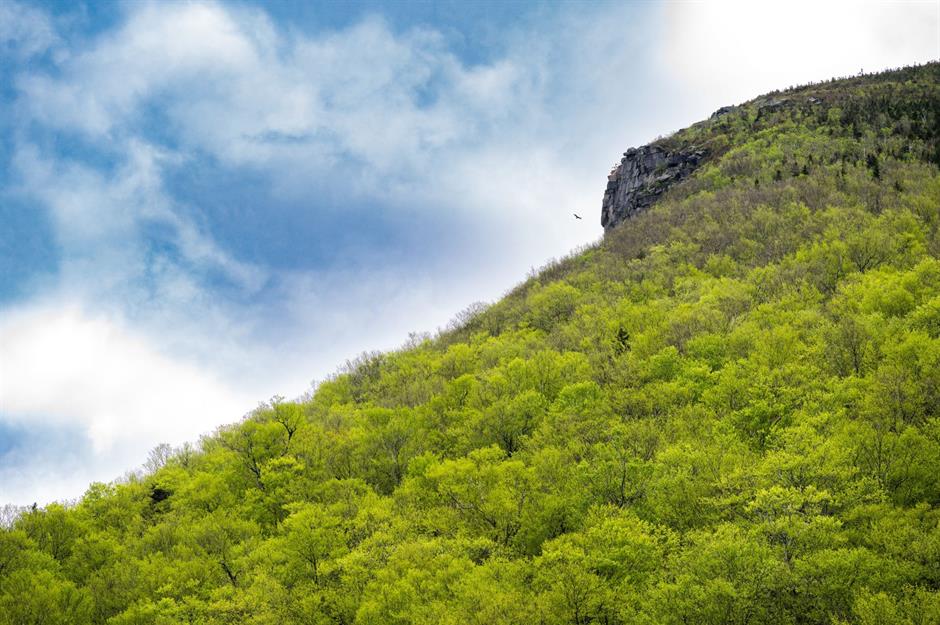
After gracing the landscape for an estimated 12,000 years, the poor Old Man fell off the mountain one fateful night in May 2003. Local people mourned the loss of their mascot, creating a memorial in Profiler Plaza at the base of the mountain. This picture shows the now-missing section.
Penn Station, New York City, USA
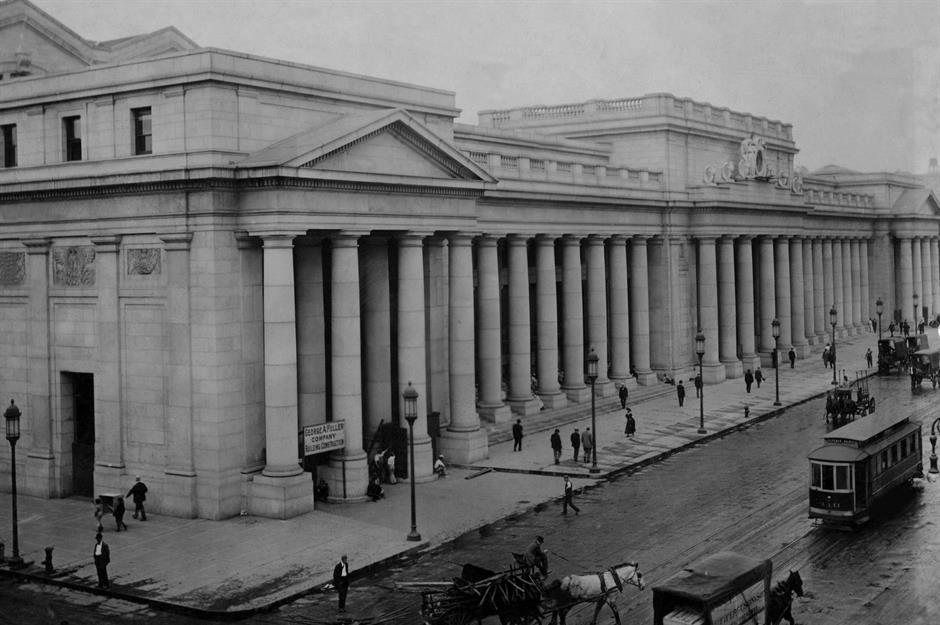
The former Penn Station, opened in 1910, was a striking sight: designed in the Beaux Arts style, it featured pink granite, vaulted glass windows, giant stone pillars and archways.
However its construction wasn’t without controversy. In order to be built, several blocks of the Tenderloin neighbourhood had to be demolished, meaning thousands of residents from the largely African-American community were displaced.
Penn Station, New York City, USA

Like many grand buildings, it cost a hefty sum to maintain, so in 1962 it was demolished – despite backlash from many New Yorkers. Today’s Penn Station, a smaller, mostly underground network complete with neon lighting and modern conveniences, is a far cry from what it once was.
But the station’s limited size continues to strain under growing passenger numbers. In response, major upgrades are underway, including a new plaza, more entrances, improved accessibility and a link to the 34th Street–Herald Square subway. A broader plan will rebuild the existing station first, while the Penn Station Access project will connect the Metro-North New Haven Line by 2027.
Royal Opera House, Valletta, Malta
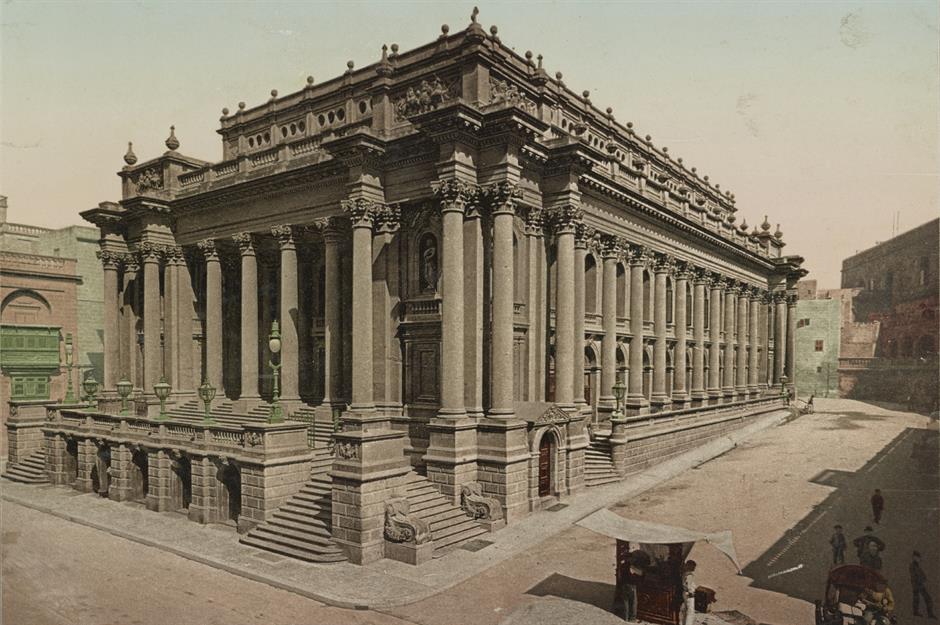
When Valletta’s Royal Opera House was built in the 1860s, it was a Neoclassical jewel drawing big-name Maltese and international artists, as well as up-and-coming acts. Sadly though, its life was short. In 1873, the venue was ravaged by fire and its interior was badly damaged.
Royal Opera House, Valletta, Malta
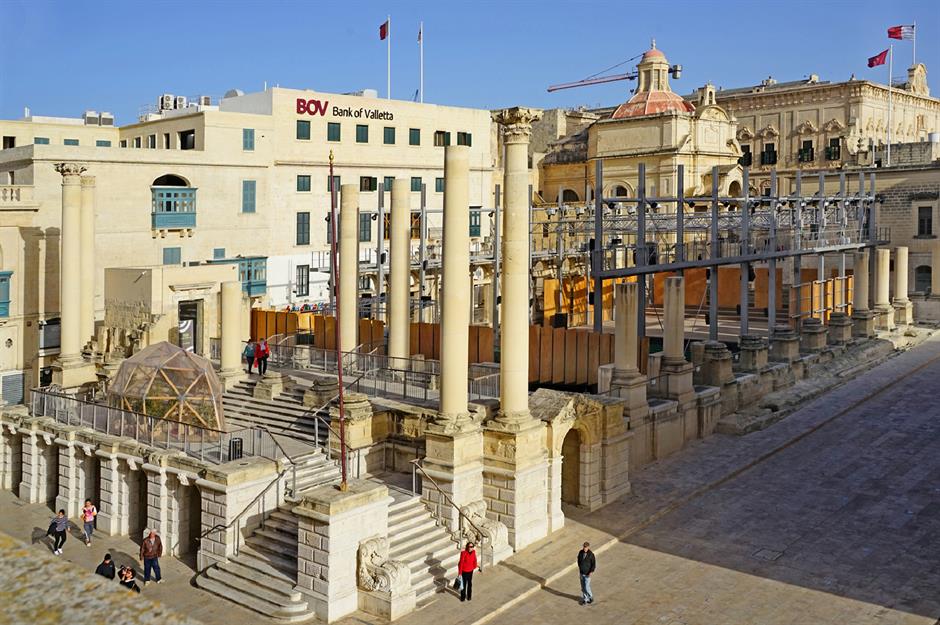
The Opera House was restored and reopened shortly afterwards, only to be gutted again by a direct bombing during World War II. This time it stood vacant for a long time, until Italian architect Renzo Piano repurposed the destroyed theatre as an open-air performance venue.
Now, once again, music lovers come to hear the sound of swing, jazz, opera and more from within the theatre’s remaining columns.
Palmyra, Homs, Syria
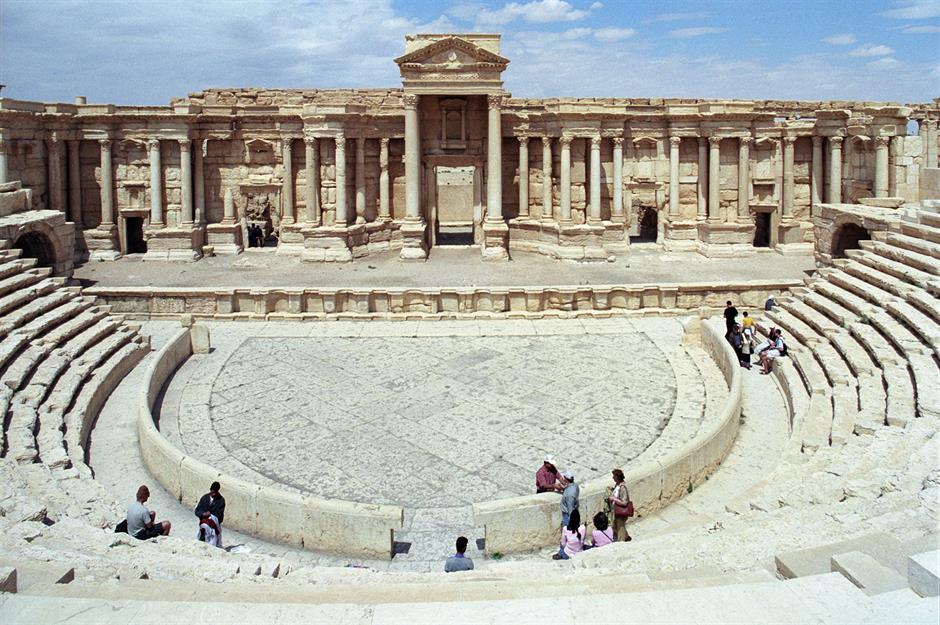
This ancient city, which was established around the third millennium BC, combines Greco-Roman, Persian and Arabian architecture. A UNESCO World Heritage Site, it includes ruins of the Temple of Bel, the Great Colonnade, Damascus Gate and a Roman Amphitheatre.
But tragedy hit in 2015, when the site was captured and partially destroyed by Isis.
Palmyra, Homs, Syria
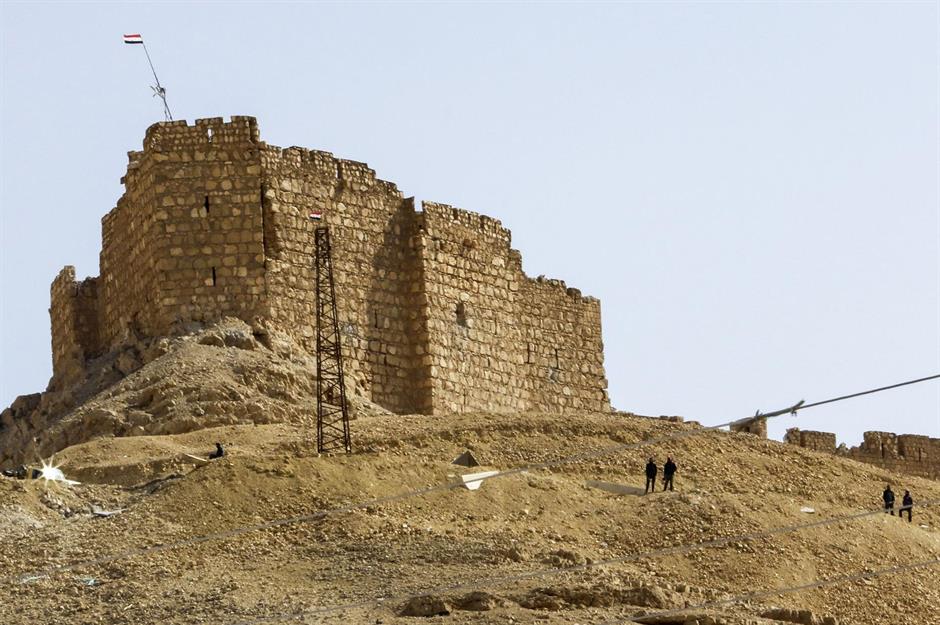
Between 2015 and 2017, militants rampaged through the ancient city, destroying key landmarks including the Temple of Bel and the Arch of Triumph. While much of Palmyra remains in ruins, restoration efforts are now cautiously underway.
Following an agreement between Syria’s Directorate-General of Antiquities and Museums and the Russian Academy of Sciences, work began in 2022 to restore the Arch of Triumph, with the first phase completed in 2023. Progress remains slow, however, with political instability, funding issues and the wider conflict continuing to cast a shadow over the city’s future.
Central Park Casino, New York, USA
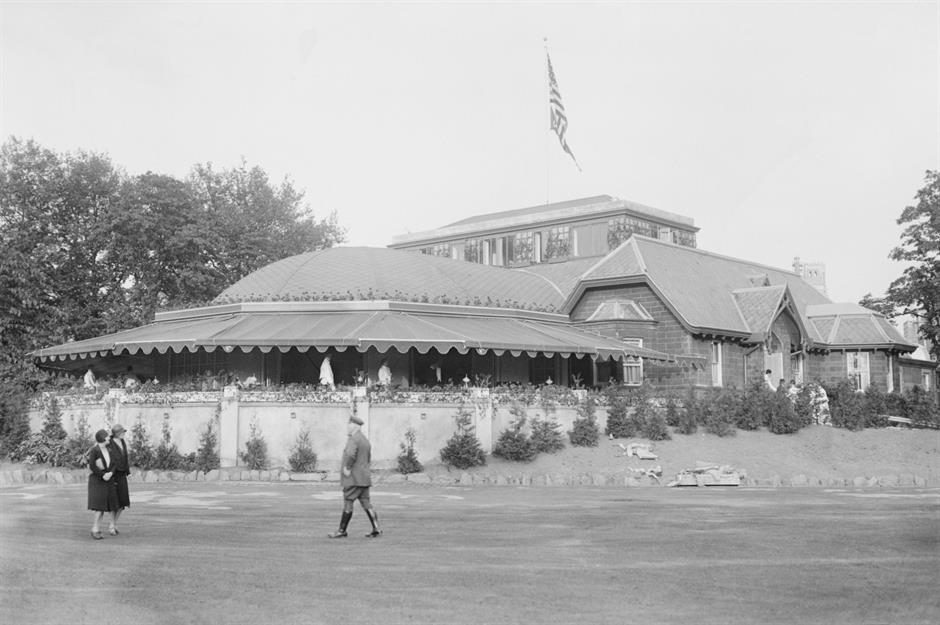
Today’s Central Park is full of things to do, from horse and carriage rides to Shakespeare plays and even a zoo. But it’s missing one big attraction from yesteryear: a casino. Designed by Calvert Vaux in 1864, the lavish casino was once New York’s hottest after-dark destination.
Central Park Casino, New York, USA

Yet despite thriving in the Prohibition era, the establishment was torn down in 1935 on the advice of the commissioner of New York City’s Department of Parks.
It was claimed that the casino’s daytime restaurant was too expensive and had no place in a public park. Two years after its demolition, the site was graced with a new attraction, the Rumsey Playfield (pictured), which hosts concerts and live music.
Euston Arch, London, UK
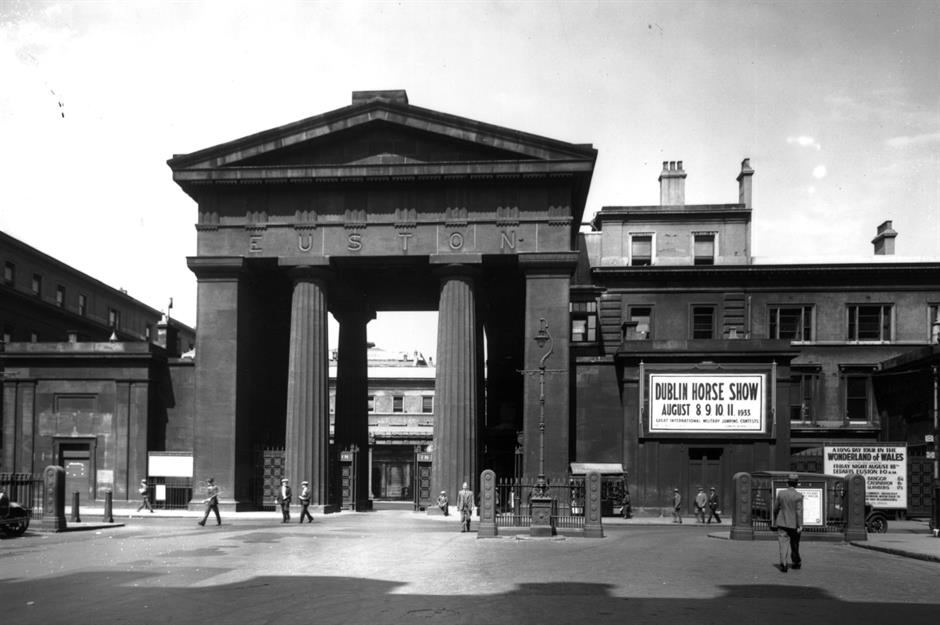
Once the entrance to London’s bustling Euston train station, this eponymous arch was built in 1837. Designed by British architect Philip Hardwick, it was meant to resemble a propylaea, or Greek gateway, and included four grand sandstone pillars with bronze gates.
However, following the city’s rapid development over the next century, it was dwarfed by the hotels and high-rises that sprung up around it.
Euston Arch, London, UK

The grand entranceway was destroyed in the 1960s, despite public backlash. The demolition was carried out by hand without explosives, meaning remnants of the arch have survived, including its grand gates – now on display at the National Railway Museum in York.
Six Flags, New Orleans, Louisiana, USA
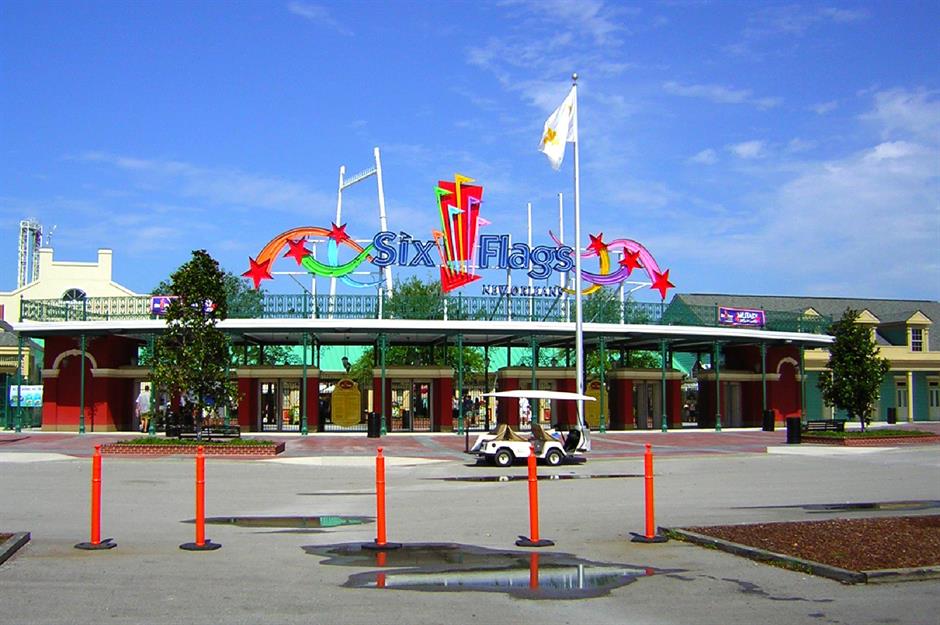
Recognise this theme park? That’s because the site was used as a filming location for Jurassic World and Planet of the Apes. On top of that, it served as a popular attraction for the brief period when it was open, from 2000 to 2005.
Yet when Hurricane Katrina hit New Orleans in August 2005, the theme park was ravaged.
Six Flags, New Orleans, Louisiana, USA

With the park’s roller coasters, equipment and rides submerged in dirty water, the scene was left looking apocalyptic. Officially closed in 2006, the former Six Flags site in New Orleans East remained abandoned for years.
But that’s finally changing. In 2023, the New Orleans Redevelopment Authority approved a £395 million ($500m) plan to transform the site into a sprawling entertainment complex. Demolition began in late 2024 with full completion expected by 2027. The new development will include hotels, a water park, retail outlets, sports facilities and a film studio.
Jump-Off Joe, Newport, Oregon, USA
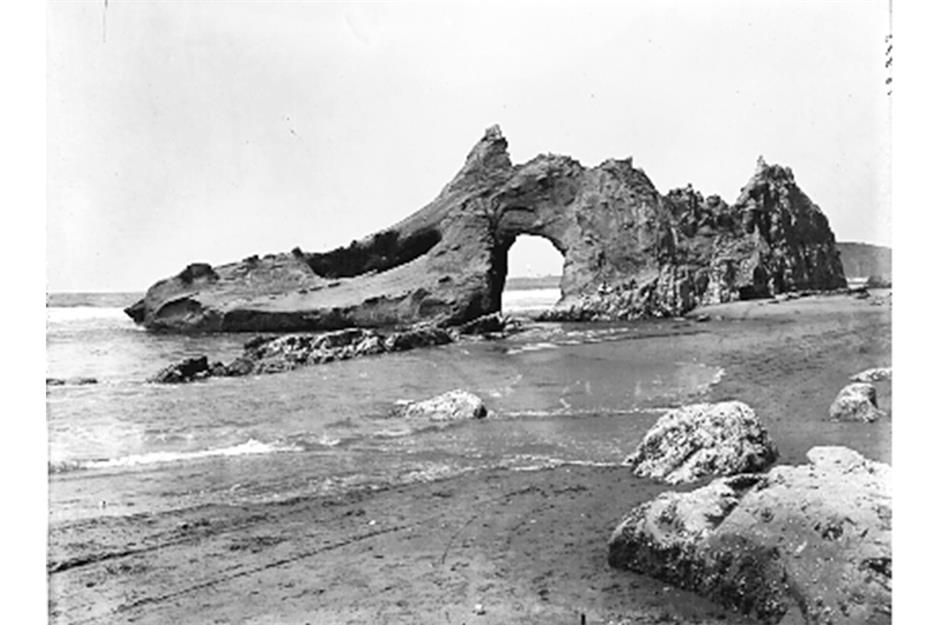
Jump-Off Joe is a natural Oregon landmark that didn’t stand the test of time. The arching sea stack rose just off the shore at Newport’s Nye Beach on Oregon’s Central Coast and was a popular attraction in the 19th century. It’s pictured here in 1910, a mere six years before it crumbled into the sea.
Jump-Off Joe, Newport, Oregon, USA
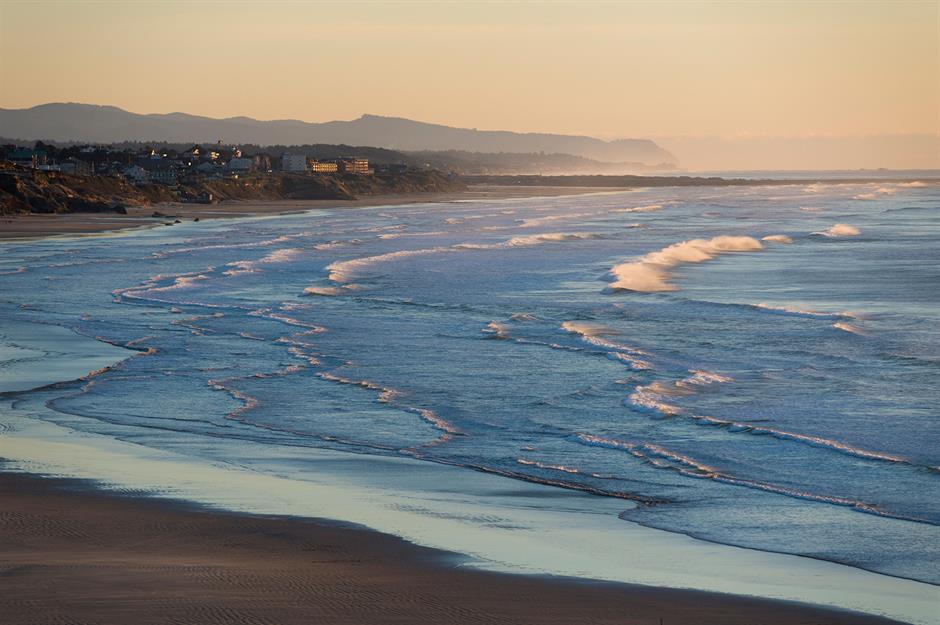
Mother Nature and human activity combined to seal the fate of the 100-foot (30m) bluff. Jetties were constructed at Yaquina Bay at the end of the 19th century, altering the tides and causing the accelerated erosion of Jump-Off Joe. The landmark collapsed in 1916.
Wall Arch, Utah, USA

Wall Arch used to be one of the largest stone arches in Utah’s aptly named Arches National Park, spanning a 71-foot (22m) gap in the rock along the Devils Garden Trail. First documented by Lewis T. McKinney in 1948, it was a popular attraction.
Wall Arch, Utah, USA
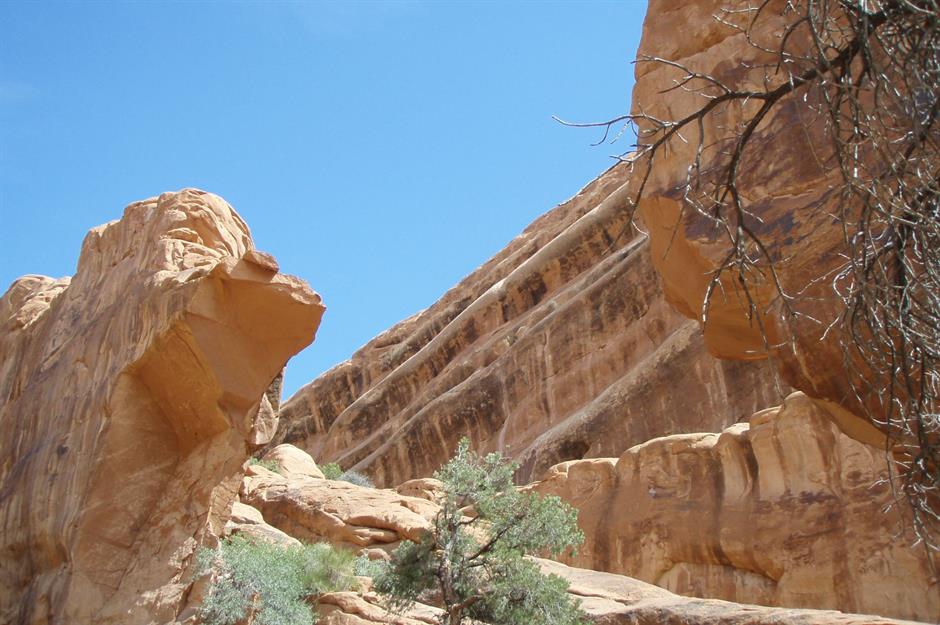
Sadly, the magnificent sandstone arch collapsed in 2008 due to weathering and erosion. Today, the spot is still popular, with plenty of other arches and stunning rock formations helping the national park attract some 1.5 million visitors each year.
Wat Sri Suphan chedi, Chiang Mai, Thailand

This chedi (a small Thai stupa) was once part of the iconic Wat Sri Suphan (Silver Temple) in Chiang Mai, which housed an assortment of important Buddhist relics.
Like the rest of the complex, it was believed to have been built in the 16th century during northern Thailand's Lanna period, and stood tall for around 500 years.
Wat Sri Suphan chedi, Chiang Mai, Thailand

In September 2022, the golden structure came tumbling down following heavy rainfall. Initial inspections noted that prior to its collapse, its damaged base and inner brick core had caused the three-storey chedi to lean to one side.
After it fell, dozens of hidden relics were unearthed inside, including glass and bronze Buddha statues.
Cliffhanger roller coaster, Isle of Wight, UK

Opened in 2005 at the Isle of Wight's Blackgang Chine theme park, the Cliffhanger was the only roller coaster on the island.
The popular ride, which soared above the coastline and provided views across the sea to The Needles, gained a lot of fans during its 18-year run, many of whom were disappointed when it closed down at the end of October 2022.
Cliffhanger roller coaster, Isle of Wight, UK

The Cliffhanger was replaced in 2023 by new, state-of-the-art roller ride Extinction (pictured). Blackgang Chine's Director Dominic Ray said the outdated ride had become costly to maintain, so it made more sense to open a newer attraction instead.
But that didn't stop some supporters from voicing their upset at the island's sole roller coaster closing down.
Here's what Europe's most famous attractions looked like before tourism
Comments
Be the first to comment
Do you want to comment on this article? You need to be signed in for this feature